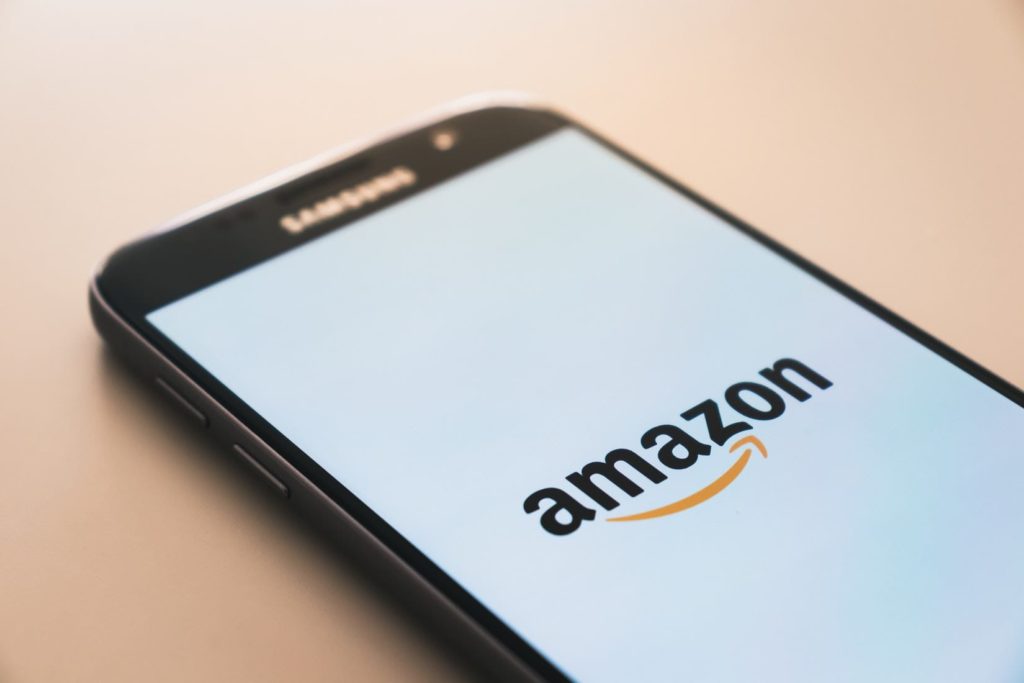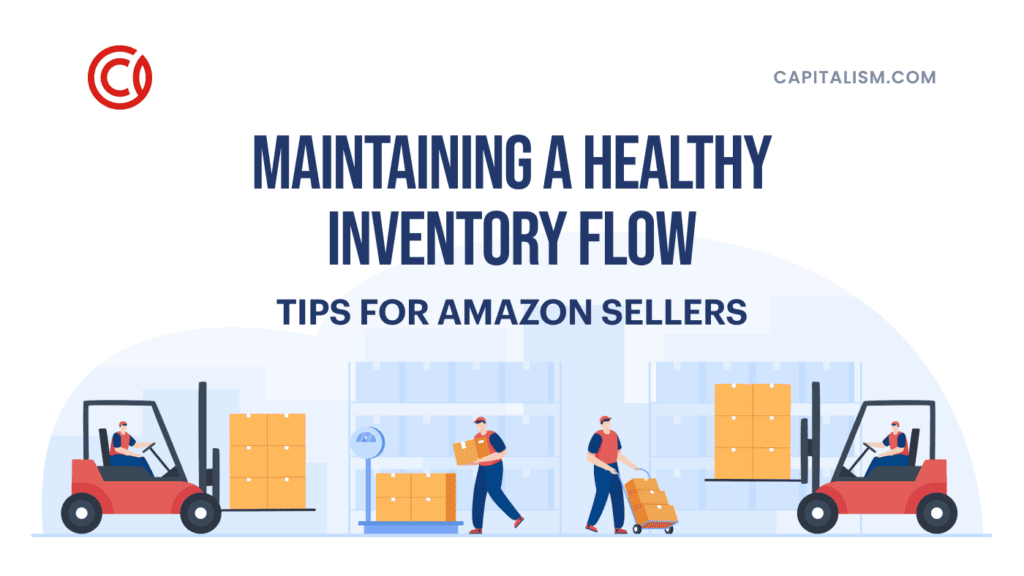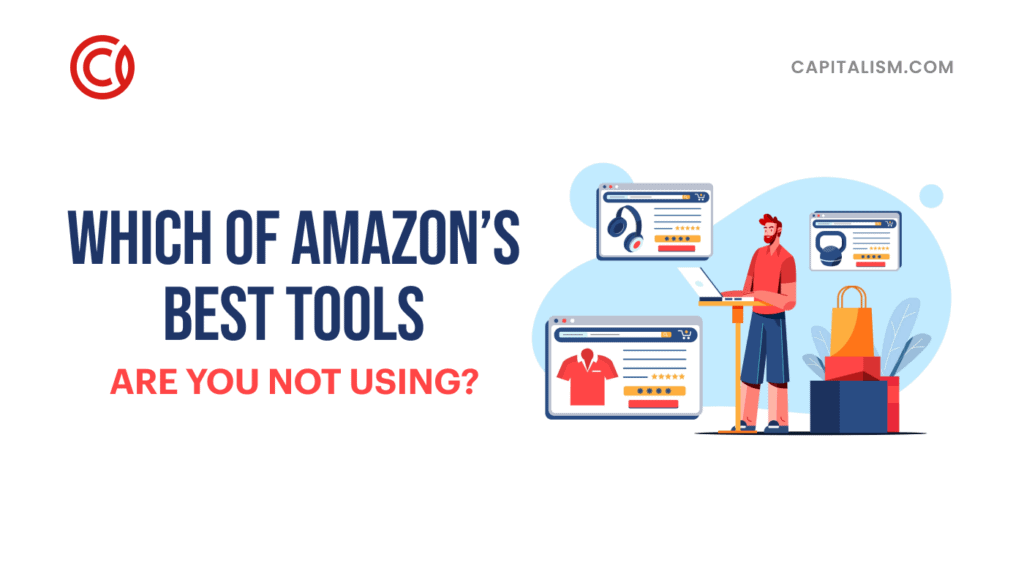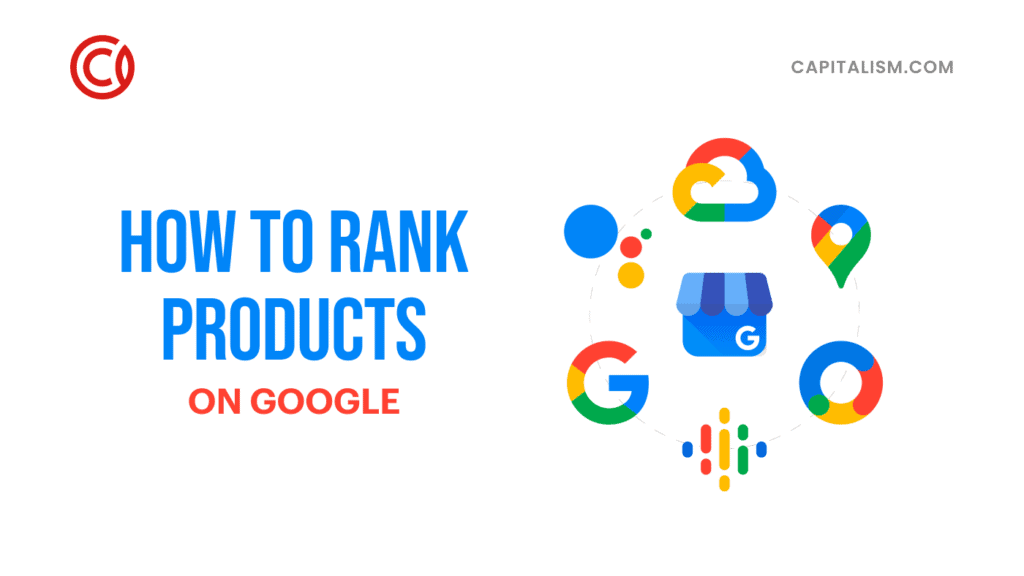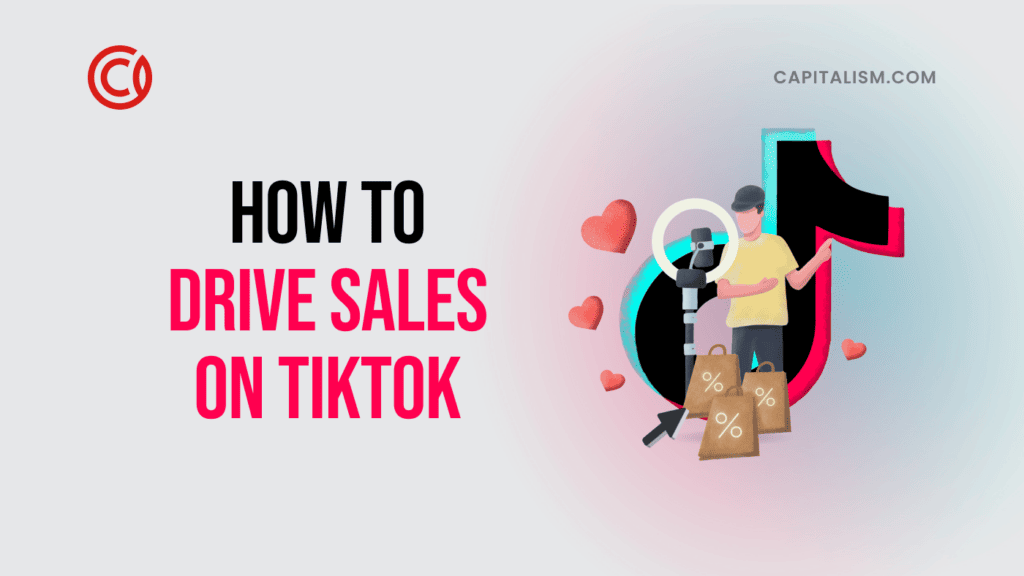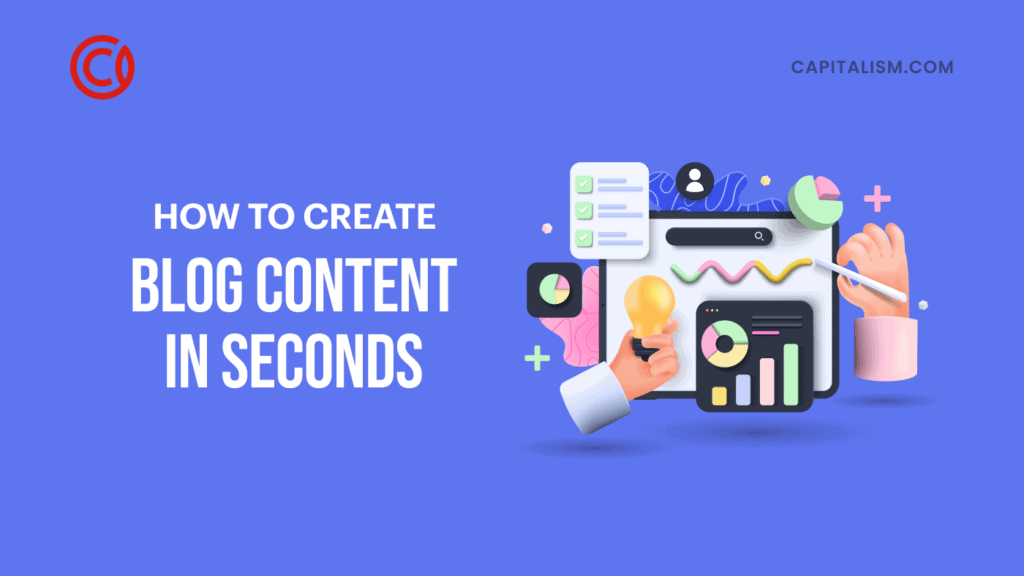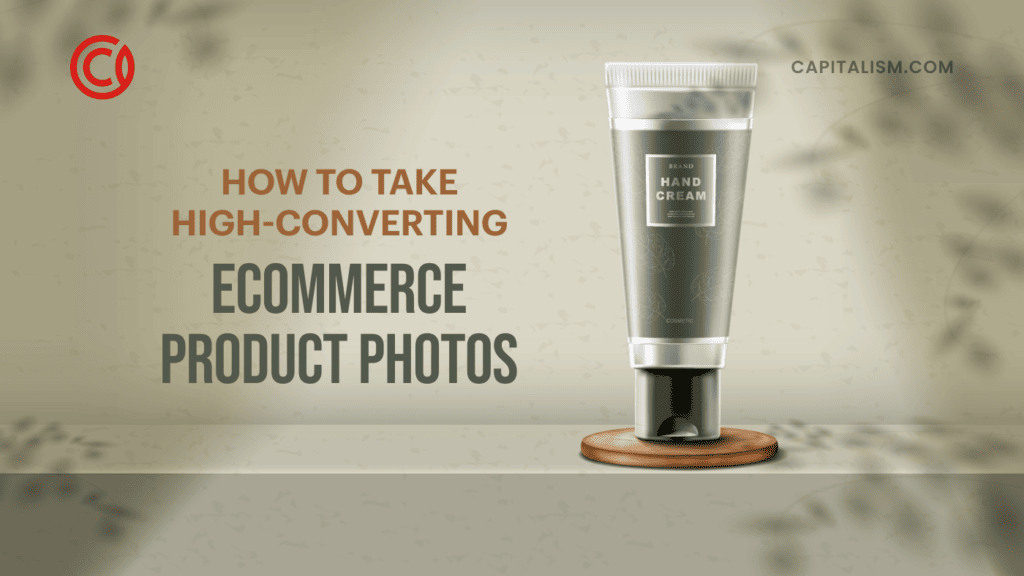When you want information on just about anything, you probably turn to Google. And if you want to buy something? Even if you plan to make the purchase elsewhere, your first stop is probably going to be Amazon. Aside from being the undisputed leader in online retail business, it is the third largest search engine, right behind YouTube and, of course, Google. You ought to know how to grow your amazon business then, right?
It’s no wonder that so many retail small businesses choose to partner with the e-commerce giant. They have just about anything that shoppers could want, along with a great review system that allows customers to compare the products that interest them.
Amazon’s convenience to customers is great for entrepreneurs, too. Their Fulfillment by Amazon (FBA) program allows just about anyone with a product to open up shop online and get that product in front of potential customers. That ease of getting started also makes it incredibly competitive.
Get over your FBA business plateau
Getting your business started on Amazon may be straightforward, but competing with other sellers in the FBA environment is another matter entirely. If you had the foresight to get started ten years ago, there was plenty of opportunity to establish yourself as a leader. Not to say it was easy, but competition was much less and as long as you had a good product and followed a good strategy, you had a good chance of success.
Today it’s not so easy, and even many who started early have seen their Amazon FBA businesses hit a plateau. Every successful entrepreneur faces this at some point, regardless of the platform used.
The top tips on how to grow your Amazon business:
1. Know your numbers
You’ve had some success, so it’s probably a safe assumption that you have been keeping track of the big stuff. Still, the bigger you build your Amazon FBA business, the more the little details will matter.
Amazon provides a good deal of valuable information, depending on the type of seller account you have. Their “Professional” seller account gives access to business and inventory reports that “Individual” sellers don’t get. If you haven’t yet, it might be time to upgrade.
2. Split-Test Everything
This one relies on #1. You can’t test what you haven’t measured, and the more data you have, the more valuable your tests.
If your FBA business has plateaued, then what you’ve done has worked... so far. That’s the good news. The even better news is that it’s not working as well as it could, which might be why your Amazon business’s growth has stalled. What you’re doing can almost always be improved, and the quickest way to find out is to test.
To gain the most valuable data that will lead to growing your Amazon business, it’s essential to test only one thing at a time. Whatever it is that you want to test, you’ll compare it to what you’re currently doing—your control. Make only one small change and compare your results. If they improve, then you have a new control.
For example, if you want to test a product image, you might decide to see how your audience responds if you change the background of a photo. As much as possible, keep everything else the same. Ideally you want the same lighting, the same viewing angle, the same model(s)...
Change nothing but the background. Then track your results. If they don’t improve, try another background, and another, and so on.
As soon as one of those changes improves your results, that becomes your new control. Rinse and repeat.
Often the small changes can have a big impact, so test even the small details.
- Images – The first things people see when they land on your Amazon store or one of your product pages are the images, so this should be one of the first things to test. Remember that “better” is subjective, so don’t be afraid to try out images that you don’t personally like. Your customers’ opinions matter more than yours here.
- Copy – Never stop testing your copy. That includes your product descriptions as well as any advertising copy.
- Headlines – Right after the images, your headline is usually the next thing people will notice. Often, even changing one word can have a big impact on your Amazon sales.
- Audience – Regardless of the advertising platform, you should be split-testing your targeting. Try different age groups, different interests or search terms; whatever the ad platform enables you to change should be tested. Depending on the product, it might make sense to test demographics that are not what you’d normally expect—remember that some products are frequently purchased as gifts, so targeting the people who might purchase for someone else can often give great results.
- Ad platforms – They don’t all perform equally for all businesses. They might not even perform equally for different products in the same Once again, you’ll never know unless you test.
Possibly the most important thing to remember about split testing is that it’s an ongoing process. Test, test, and test again.

3. Start your own website
If you don’t have a website of your own, you are giving up a huge degree of control. Your FBA business’s success depends entirely on Amazon. Granted, they aren’t likely to disappear any time soon, but we can’t predict what market forces might impact Amazon and by extension your Amazon store.
If you send traffic to your own website instead of directly to Amazon, you are able to collect leads. You can build an email list of people interested in your product. Having that list allows you to market to them directly instead of relying on them finding your business on Amazon.
You have complete control over the content on your website, and that means you can potentially rank in the search engines for important keywords and phrases related to your product.
In the long term, you might eventually decide to run your store on your own site. This isn’t a requirement, of course, but having your own website gives you the option. You aren’t entirely reliant on Amazon for your business success.
Another factor worth considering is that a website is a sellable asset. If you ever plan to sell your business, whether that’s for retirement or just moving on to the next opportunity, a website will add to your business’s value.
With your own website, you can also create a blog.
4. Blog regularly
This goes along with the previous tip, but whether you have your own website or not, you should absolutely have a blog. Though you should ultimately plan to host your blog on your own website, you can get started for free on sites like WordPress.com or Medium.
A blog can be a great place to share your expertise in your niche, or to talk about ways to use your product, or share stories related to your product... More importantly, it’s a great place to connect with your audience.
A blog also means shareable content. Every time you post something new to your blog, you are giving readers something to share on social media. That means free traffic to your website, and potentially to your now-growing Amazon store.
Important with any blog is that you post to it on a regular basis. Weekly or more is best but if you can’t quite manage that, monthly should be your bare minimum. And if you’re not a great writer, you just hate to do it, or you know you’ll never find the time, consider hiring a writer.
5. Delegate
Are you still managing every aspect of your business on your own? It’s one of the beautiful things about starting an Amazon store—the ability to get started on a shoestring, without needing to hire help. Nonetheless, the growth of your FBA store is going to be limited by your own abilities and time.
If your FBA store’s growth has slowed or stopped and you haven’t yet hired help, it’s probably time. You can certainly start slow. Consider first the parts of your business that you dread. Anything you hate doing will eventually get pushed to the back burner. Rather than ignore it or procrastinate, find someone else who’s good at it and pay them a fair price to do it.
Next, consider the things that you might not mind doing but that are time-consuming and that don’t require a great deal of skill. Those are the things that you should not be doing yourself. Unskilled labor is relatively cheap compared to the value of your own time. Your time should be focused on the aspects of your business that have the greatest impact on its growth.
Last are the things that you can do, that you don’t mind doing, but that you are not truly skilled at doing. Things like graphic design and photography often fall into this category. You may have done an adequate job thus far, but there are people who have dedicated their professional lives to these skills, and although they are rarely cheap, they are often worth the cost.
Keep in mind that you don’t necessarily need to hire a full-time staff, especially not at first. Many successful businesses rely solely on freelancers, and a lot more use a combination of freelancers and regular employees. Regardless, you can start small and expand as your Amazon business grows.
6. Sell high-value products
Many entrepreneurs start their Amazon stores with inexpensive products sourced from China. Eventually, though, slim margins usually force these businesses to either differentiate in a way that allows them to increase their prices, or to shut their doors.
If you are simply reselling an inexpensive product that can be easily sourced by your competitors, you will have a tough time standing out and you will be forced to compete on price. Many products can be “white-labelled,” which might give a little bit of an advantage, but for long-term growth, your Amazon store needs unique products.
A plateau in your Amazon FBA business might be a sign that it’s time to launch your own product. Doing so allows you to differentiate from the resellers and charge significantly higher prices.
You certainly know that growing a business takes time and hard work. Your store on Amazon is no different. With a willingness to put in that required time and effort, along with a solid plan for growth, an Amazon store can get you to six and seven figures and beyond.
